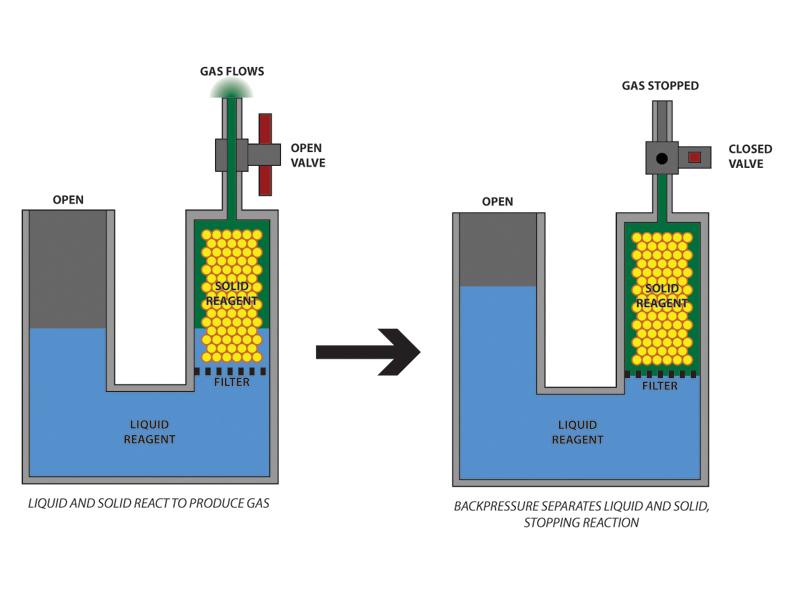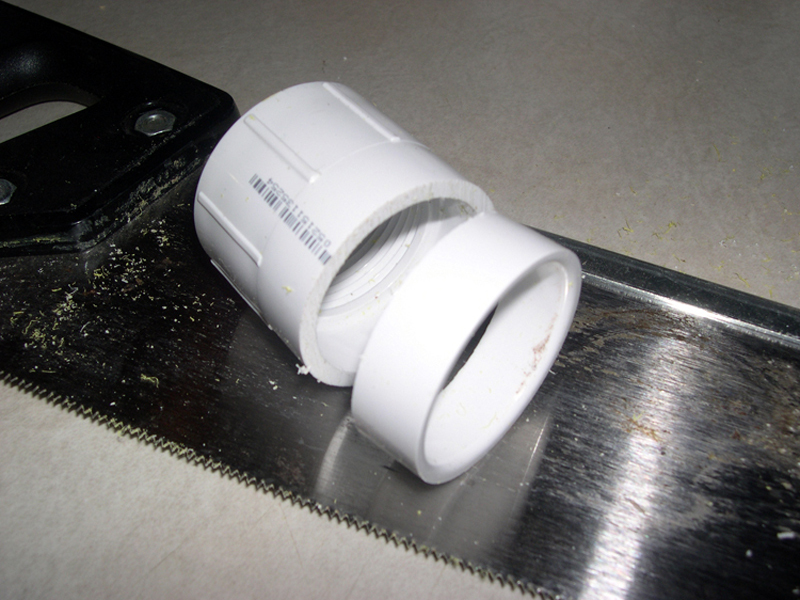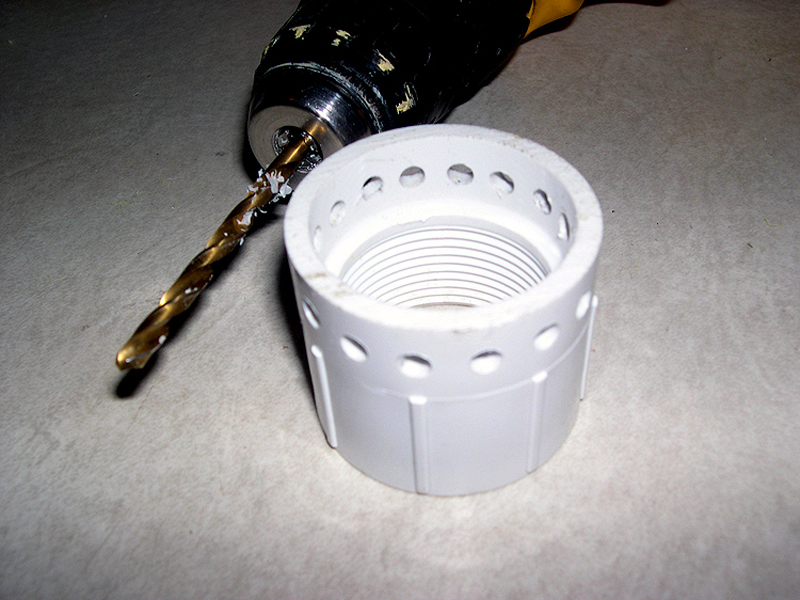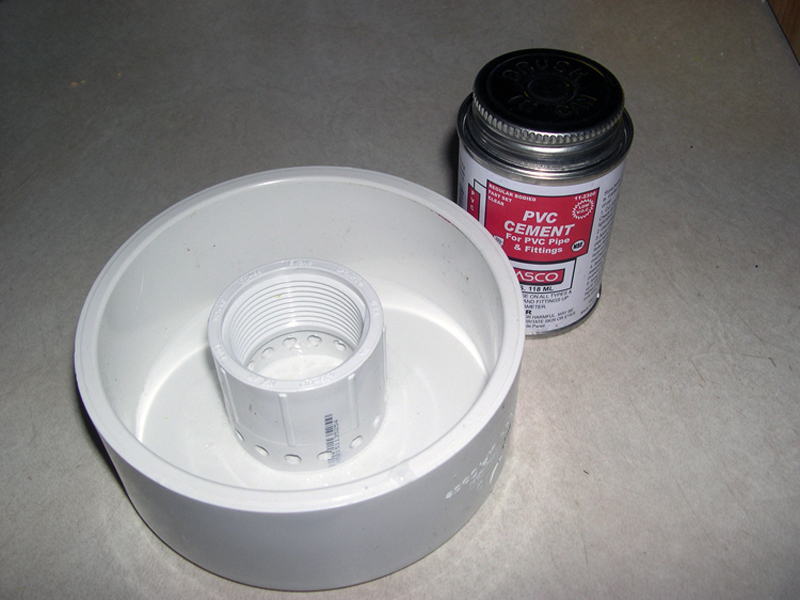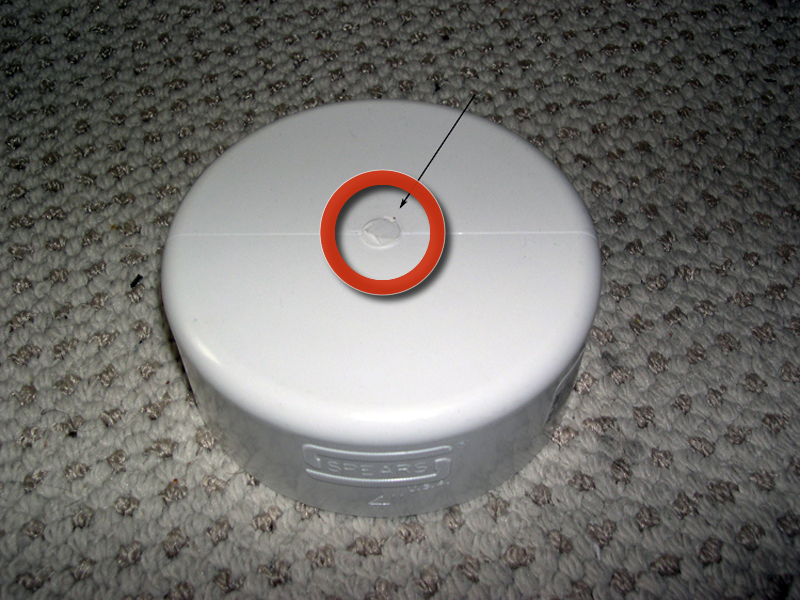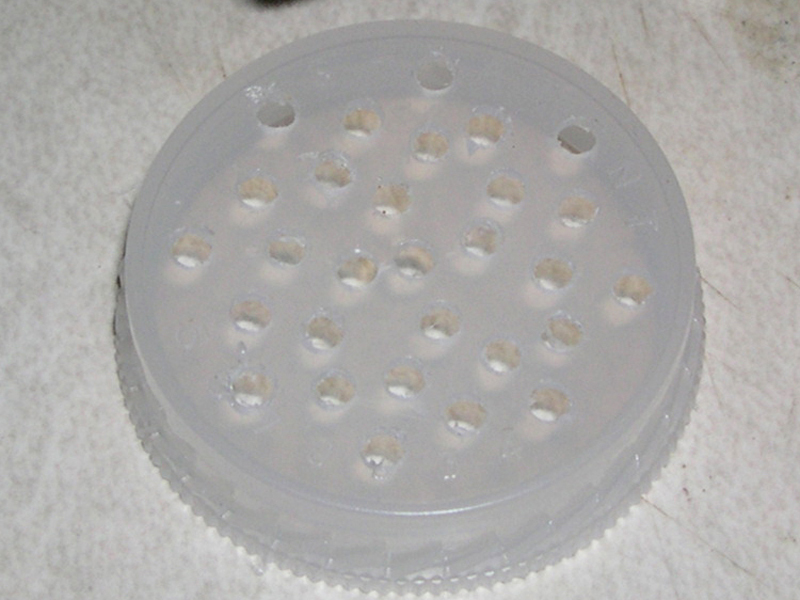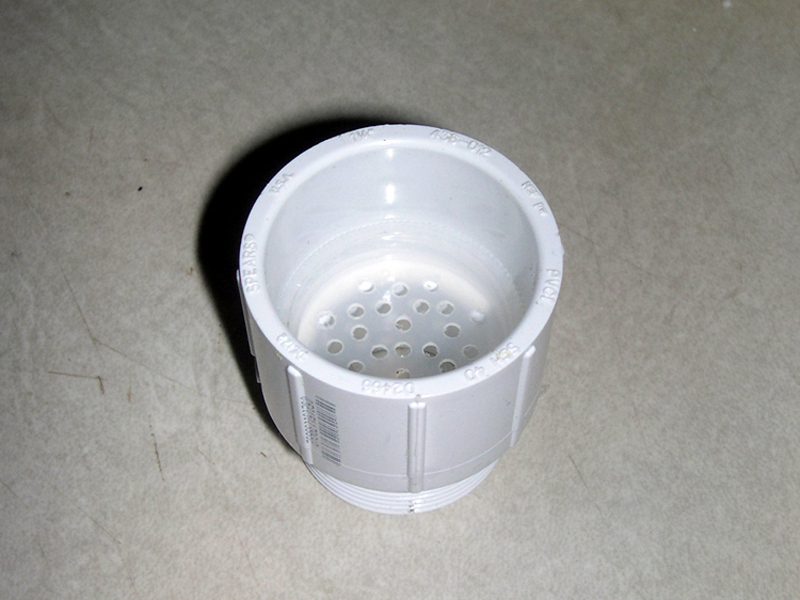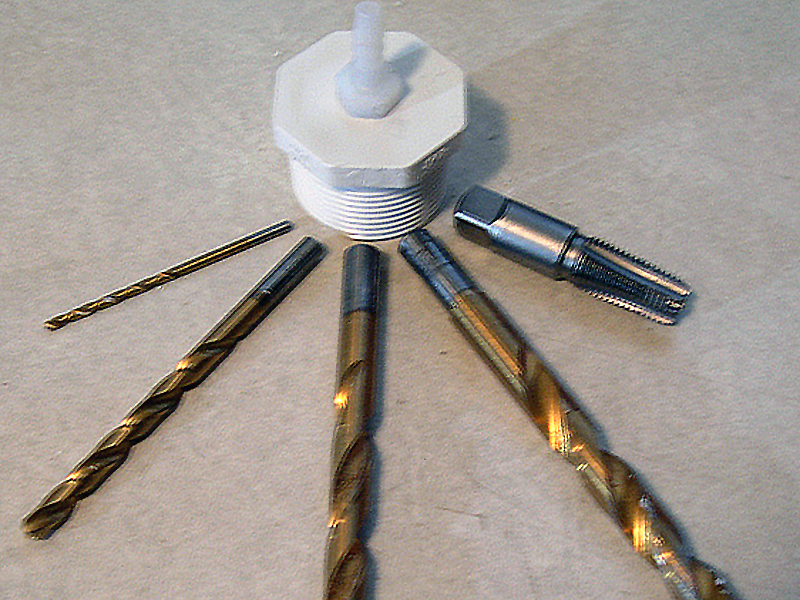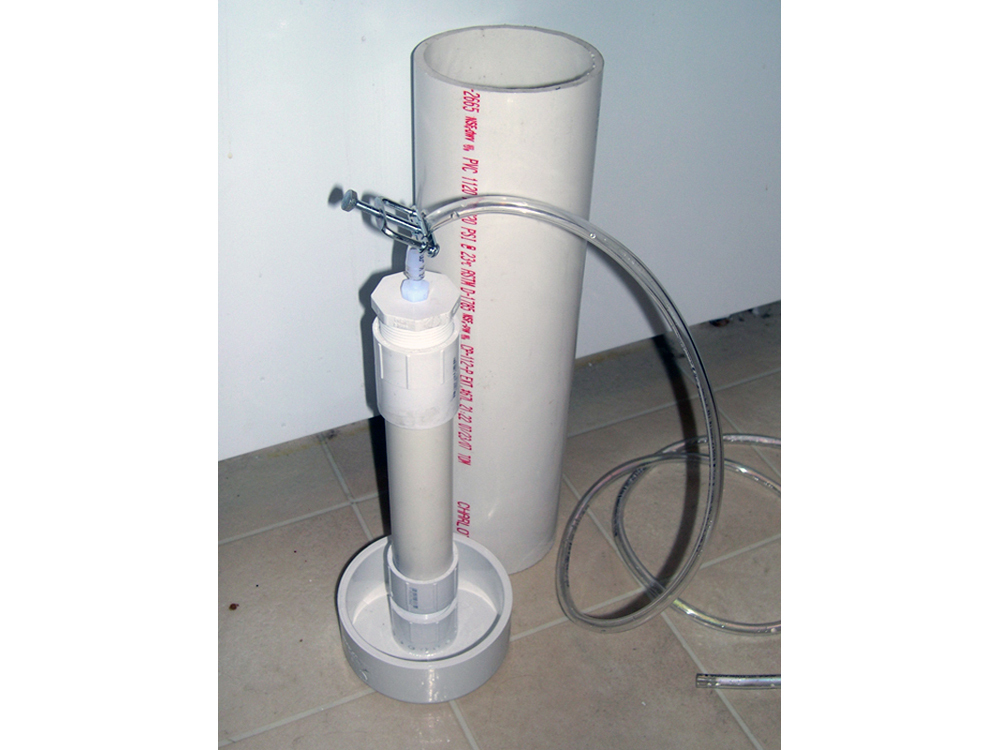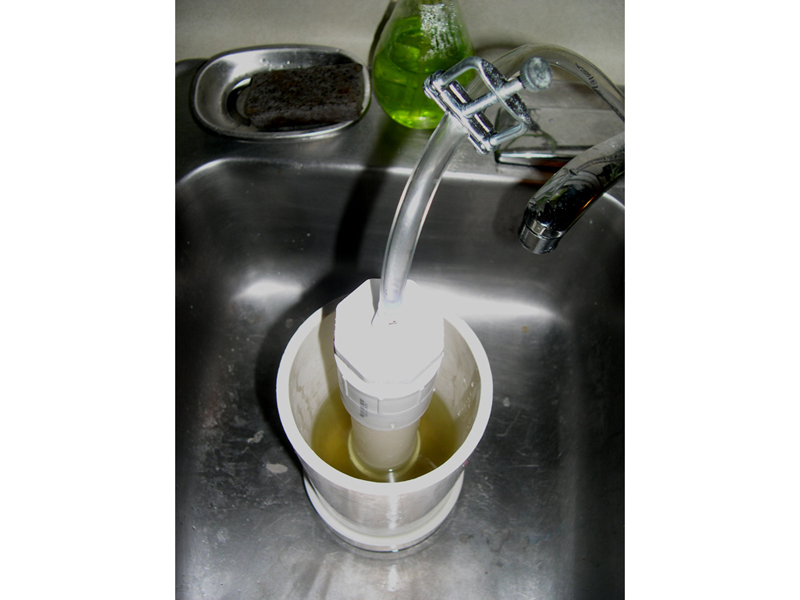If you should find yourself in need of small volumes of gas at about atmospheric pressure for a reaction or project, generating it on the bench can be a convenient and inexpensive alternative to buying or renting a gas cylinder. It turns out there are a number of useful gas-generating reactions between solid- and liquid-phase reagents, such as:
- Hydrogen: Zn + HCl —> ZnCl + H2
- Acetylene: NaC2H + H2O —> NaOH + C2H2
- Carbon dioxide: CaCO3 + HCl —> CaCl + CO2
- Hydrogen sulfide: FeS + H2SO4 —> FeSO4 + H2S
Note that any gas-generating reaction, even one that produces a relatively inert gas like carbon dioxide, is potentially dangerous unless performed with adequate ventilation. Depending on the reaction in question, there may be other hazards, and, as always in the laboratory and in life, no procedure should be undertaken unless you understand and are properly prepared for the risks it involves.
An all-glass reactor for the benchtop production of gases was invented in the 19th century by Petrus Jacobus Kipp, who is known today primarily for this achievement. Kipp’s design incorporates the clever feature that stopping the flow of gas separates the liquid and solid reagents inside the instrument and thereby stops the reaction. Thus the generator only produces gas when you need it, and may remain in a stable equilibrium state on the bench for days at a time, ready to resume operation as soon as you open the valve.
Being made of glass, however, a proper Kipp generator is an expensive piece of apparatus, with new models costing upwards of $250US as of this writing. However, as the useful gas-generating reactions are usually aqueous, rather than organic, an all-plastic Kipp generator is almost as useful as a glass version. PVC pipe is inexpensive, durable, ubiquitous, and easily and securely joined using cement made for that purpose. Demountable PVC fittings are available in a wide variety of shapes and sizes and can be used to provide the necessary “dismantlability” for loading solid reagent into the device. Presented here is my design for such a low cost Kipp generator, with instructions for its construction.



